Chieftain High D Whistle Review
The Chieftain “mezzo*” high D whistle is one of the more popular tin whistles on the market. It’s made by Phil Hardy, who also makes the “Kerry” brand low whistles. He learned from the great Bernard Overton, and his early designs were very similar to Overton’s own whistles. Nowadays, Chieftain whistle designs are based on Hardy’s decades of experience in whistle-making.
I bought the Chieftain high D whistle mainly because I wanted something loud. It’s a very wide bore whistle, which packs plenty of punch in terms of volume. Some people might find it a little tough to play, because it takes a lot more air than most other tin whistles. However, despite the volume and air requirements, it still produces a nice sweet tone, with a rich lower octave. Here’s the full review!
*Note: Chieftain uses “mezzo” to describe what most other whistle makers would call a “soprano” or “high” D whistle. This Chieftain whistle is in the same octave as other high D whistles, and one octave above low D whistles. I will use the term “high D” rather than Chieftain’s “mezzo” for this whistle in the review, since that is more standard.
Construction

Phil Hardy makes all of his whistles out of machined aluminum, including the Chieftain high D. It’s a very solid whistle, heavier than a lot of others. It also feels much bigger, thanks to a wider bore than the usual Generation-style whistle. In all, it feels extremely sturdy. I’ve taken this whistle busking many times, and often joked that I can fend off muggers with it if the need arises!
The all-aluminum construction means that it will withstand just about anything. Hot or cold, dry or humid, the Chieftain high D won’t have any issues. In the extreme cold (like winter here in New England), you may have to play it for a minute to two to warm it up. Otherwise, there’s really nothing you can do to this whistle to destroy it, short of leaving it sitting in salt water.
Tuning
Tuning is by far the most important aspect of a whistle for me. If it’s not in tune with itself, it doesn’t matter how good the tone is or how easily it plays. Luckily, the Chieftain high D is a well-tuned whistle. The octaves are pretty well balanced, and tuning is great from low D to the third octave D.
I bought the Chieftain high D with a tuning slide. If you are planning on playing with others, I would highly recommend doing the same. Chieftain also makes non-tunable whistles, and they sound quite nice. The ones I’ve tried have been more or less perfectly in tune, both with themselves and with the standard A=440 concert pitch.
A lot of things can mess with that, though. Everyone tuning up just a little higher or lower than normal will mean that you’ll be out of tune. Temperature can also play a big role in tuning. A cold day will make you flat, a hot room will push you sharp. If you’re mostly playing solo, this may not be an issue. Otherwise, a tuning slide is definitely the best way to go.
The tuning slide on the Chieftain high D has a synthetic cork lining, and comes pre-greased so you can play right away. It has a pretty large range; pushed all the way, in it’s almost an Eb whistle, while pulled all the way out it’s nearly at C#. This gives the player plenty of room for any tuning situation.
Breath Requirement
Coming from a Killarney high D whistle, the Chieftain took some getting used to. It takes a lot more air than many of the other whistles I’ve played, including the popular Generations and Dixons. You’ll get used to it eventually, but you may find yourself breathing a lot more than you’re used to. This is especially true towards the top of the second octave. I actually found it hard to get those notes to sound at first. But, after a bit of practicing and some re-calibration of my breathing, I was all set!
Volume
It’s LOUD. Really, really LOUD. The Chieftain is by far the loudest high D whistle I have played, and it’s not particularly close. The bottom octave is quite strong, and can hold its own even in a fairly loud session. Indoors, with the sound bouncing off the walls, I actually end up using hearing protection. It’s not strictly necessary, but the top of the range does get remarkably loud.
If you take the whistle outside, it carries quite nicely. This is a great whistle for outdoor gigs, times when you need to be heard over banjos/accordions/pipes, or busking. It has plenty of power, and the strongest first octave out of any whistle I’ve played.
Tone
Judging the tone of a tin whistle is a tricky business. There are really two tones at the same time: the way the player hears it, and the way a listener hears it. Because it’s so loud, the Chieftain high D whistle can sound harsh to the player, especially in the second octave. As I mentioned before, the very top of the range is actually a little uncomfortable for me to play without some hearing protection.
However, the sound is completely different to the listener. Listening back to myself on a recording, or hearing someone else play the whistle, the Chieftain has a lovely sweet tone. The power is still there, and you can hear it clearly across a crowded session. Yet it doesn’t sound shrill or harsh when you’re not directly next to it. It’s a strange phenomenon, but one to keep in mind. Sometimes, what you hear isn’t what everyone else is hearing!
Here’s a great sample of the tone (not me playing):

Conclusion
First off, I will say that this is probably not a great whistle for beginners. It takes much more breath than a normal whistle, and the second octave can be quite stiff. It’s also loud, which may not be a good thing for the marriage/family relationship of a beginning whistle player!
However, otherwise, the Chieftain high D whistle is a fantastic instrument. It’s pretty unique in the whistle world for its volume, tone, and look. It’d be perfect for any kind of outdoor application The all-aluminum construction means it can withstand pretty much any conditions, and the power will help you be heard loud and clear.
The Chieftain is also a session powerhouse capable of matching up to any other instrument, unlike many high D whistles. The strong lower octave is particularly welcome, since low D, E, and F# are often very quiet on whistles. If you’re looking for that extra bit of oomph out of a high D, Chieftain is your best bet.
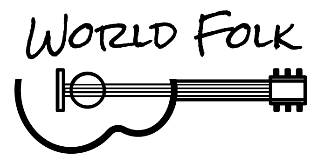
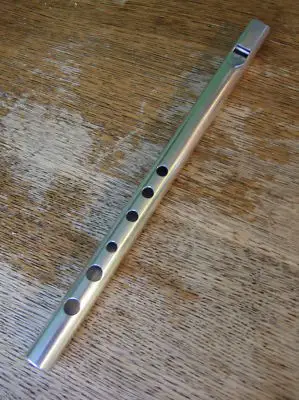
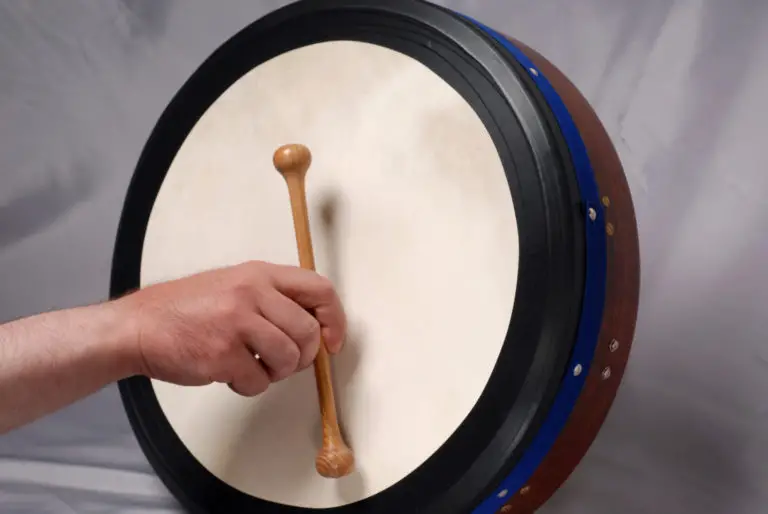
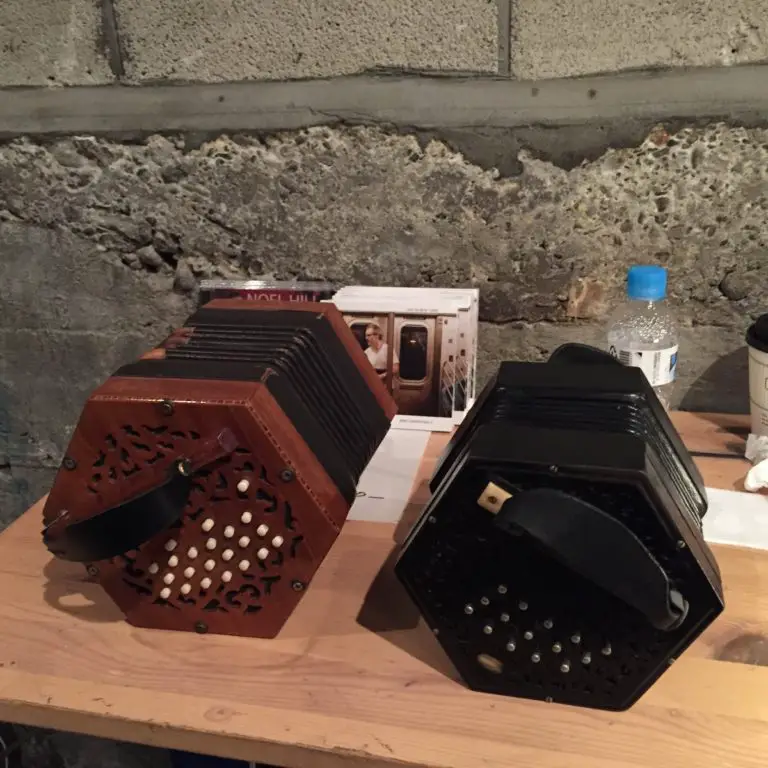
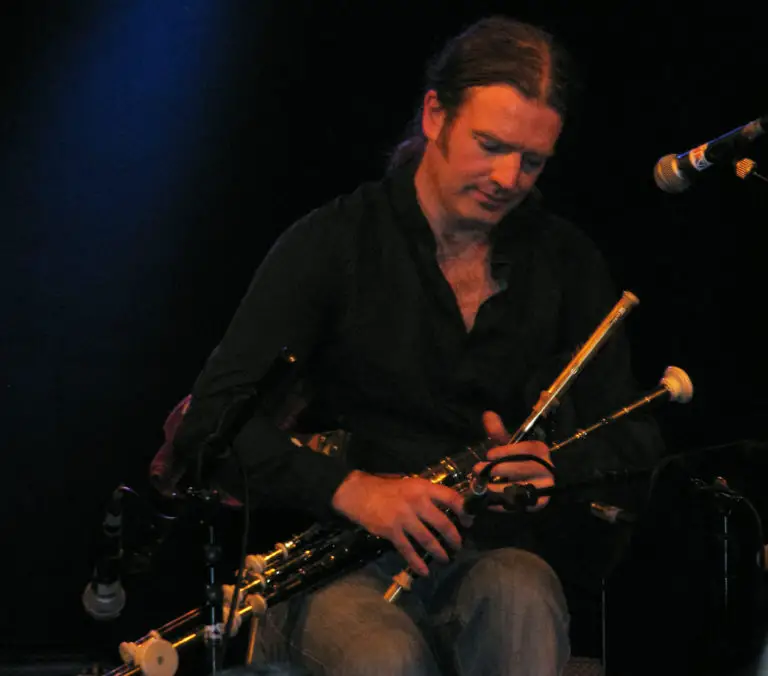

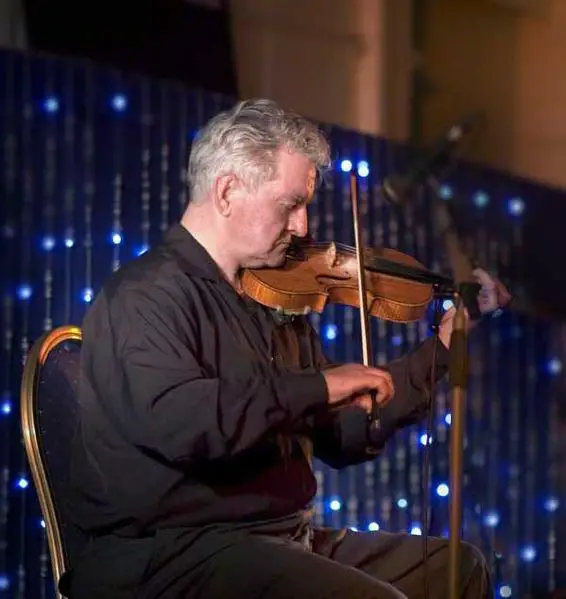
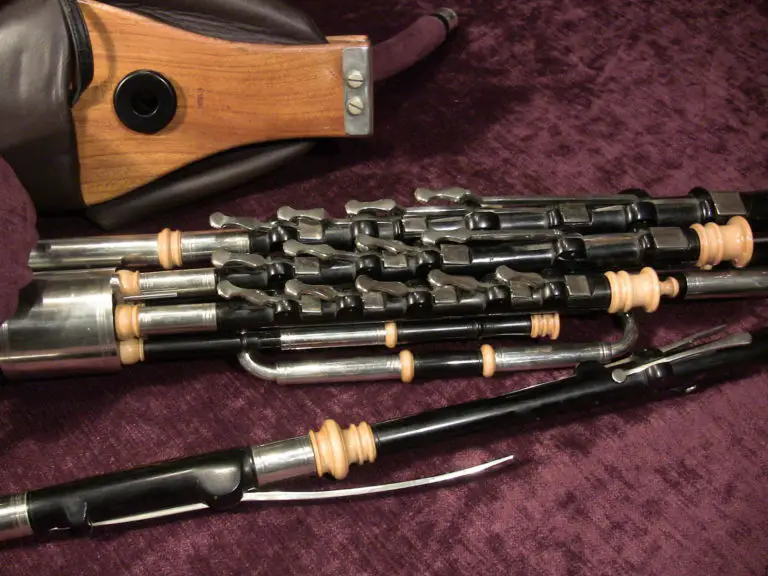
where is your price list? What is the difference between the Clare jig Chieftain and the Mezzo D
I was listening to the first whistle, is it wood? Larger holes – can’t figure out which to purchase. I have been playing a Chieftain for about 10 yrs. and seems to plug up all the time now. I have tried running warm water and soap through it and even a vinegar bath – doesn’t help much, do they wear out? I play the alto and French flute so I might have the breath needed for the other whistle that I can’t seem to relocate on your site.
Please help; the other whistle was very interesting… same size? – small hands, would love the low D but my fingers won’t reach I expect without levers.